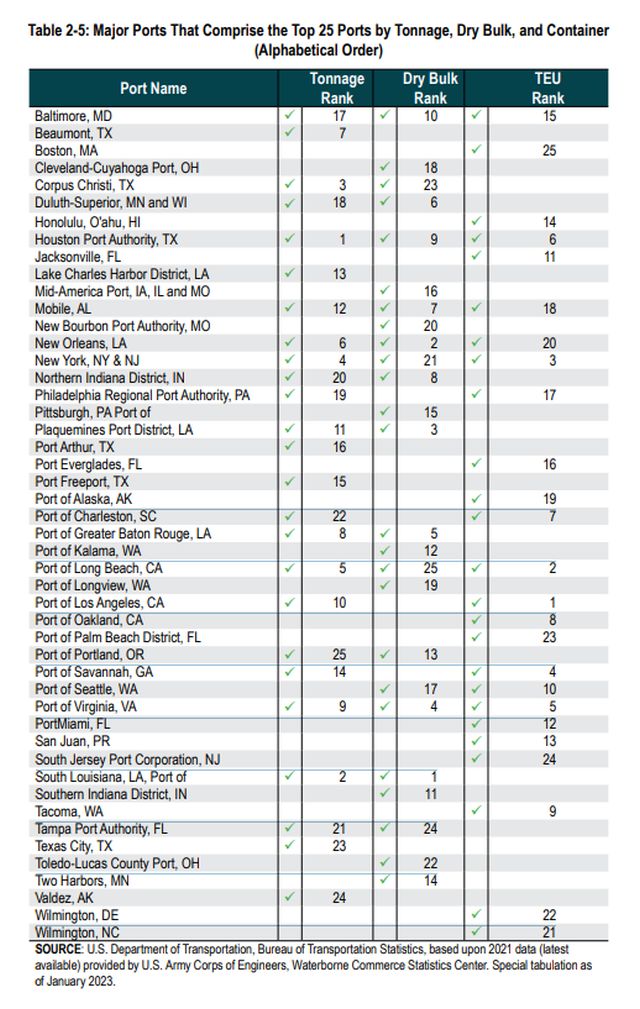As A&M PEPI US monitors the implications of the tragic collapse of the Francis Scott Key Bridge in Baltimore, we are working with clients to address how to mitigate the disruption in their supply chains most impacted.
Key Facts About the Port of Baltimore:
- Port of Baltimore is roughly 3% of overall US port capacity and 8% of the US East Coast port capacity.
- Ranks 17 from a total tonnage based on the Department of Transportation 2023 (see table below).
- While overall volumes can likely be absorbed by other US ports, the collapse will cause significant disruption for several key industries and the localized regional requirements around the Baltimore port.

Key Impact Areas to Manage/Watch:
- Automotive and industrial/farm equipment volume is significant in Baltimore port with roll on/roll off capabilities (e.g. BMW distribution point).
- Dry Bulk impact to coal and other agricultural/metals products.
- ~75% of trade volume is associated with local/regional area with limited intermodal volume.
- Francis Scott Key bridge is the only Hazmat approved bridge and will require diversions.
- Approximately 11 large shipping vessels are currently trapped in port, and currently 107 ships will need to be diverted over the next several weeks.
Anticipating elevated rates and possible delays is expected due to the port closure. These effects are likely to be more pronounced within the markets/regions highlighted above.
Considerations for Clients May Include:
- Manage client brokerage firms to reroute to other ports to diversify risks.
- Consideration for increased shipping times for imports and exports related eastern ports and related products.
- Anticipate increased shipping costs associated with supply chain disruption/capacity constraints.
- Continue monitoring port challenges during bridge removal
process/port reopening.
- Current timing for reopening channel is not determined due to the complexity of the process to remove sections of submersed structural steel.
- Several temporary channels will be opened in the near-term but all of these are less that 50% of the depth of the main channel. This will provide access for smaller vessels such as tug and barge traffic.
Originally published 05 April 2024
The content of this article is intended to provide a general guide to the subject matter. Specialist advice should be sought about your specific circumstances.




